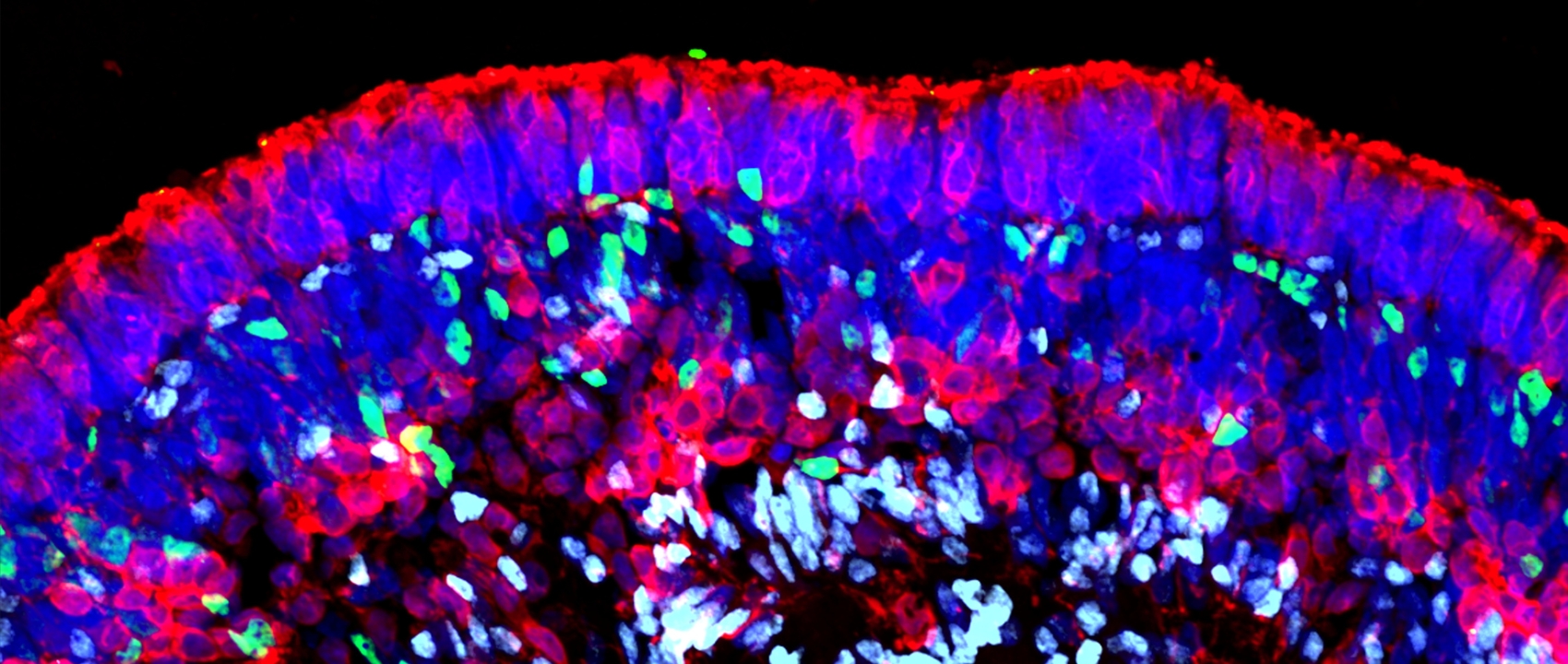Neuroscience and Music VII: Connecting with Music Across the Life Span

New in Annals
Date: 2025-03-16 ·
Issue: 2023 ·
Connecting the dots: Understanding and addressing the metabolic impact of antipsychotic and antidepressant medications
Contributors: Susanne U. Miedlich| J. Steven Lamberti|
Date: 2025-03-16 ·
Issue: 2024 ·
Passive neck brace for surgeons
Contributors: Zixiao Yang| Tejas S. Sathe| Meghal Shah| Jay Hemant Shah| David L. Hu|
Date: 2025-03-13 ·
Differentially expressed miRNAs offer new perspective into cave adaptation of Astyanax mexicanus
Contributors: Tathagata Biswas| Huzaifa Hassan| Nicolas Rohner|
Date: 2025-03-12 ·
Issue: 2024 ·
Healthcare providers’ perceived importance and barriers to addressing social connection in medical settings
Contributors: Julianne Holt‐Lunstad| Andrew Scot Proctor| Carla Perissinotto| Angelin Cheng| Thomas K. M. Cudjoe| Ashwin A. Kotwal| Tad Morley|
Date: 2025-03-12 ·
Connecting the dots: Understanding and addressing the metabolic impact of antipsychotic and antidepressant medications
Contributors: Susanne U. Miedlich| J. Steven Lamberti|
Date: 2025-03-12 ·
Issue: 2024 ·
Why friendship and loneliness affect our health
Contributors: Robin I. M. Dunbar|
Date: 2025-03-10 ·
Passive neck brace for surgeons
Contributors: Zixiao Yang| Tejas S. Sathe| Meghal Shah| Jay Hemant Shah| David L. Hu|
Date: 2025-03-06 ·
Why friendship and loneliness affect our health
Contributors: Robin I. M. Dunbar|
Date: 2025-02-25 ·
Short‐chain fatty acids mediate gut microbiota–brain communication and protect the blood–brain barrier integrity
Contributors: Mei Chenghan| Li Wanxin| Zhao Bangcheng| He Yao| Li Qinxi| Zhang Ting| Li Xiaojie| Zhang Kun| Zhang Yingqian| Zhong Zhihui|
Date: 2025-02-25 ·
Age‐dependent reduction in voltage‐gated inward sodium current and Scn8a gene expression in murine stellate ganglia
Contributors: Bonn Lee| Shiraz Ahmad| Charlotte E. Edling| Christopher L.‐H. Huang| Fiona E. N. LeBeau| Kamalan Jeevaratnam|
Displaying 1 - 10 of 46,352 results
Your Member Benefit
Become a member today to get free access to all Annals content including the archive.
Annals access is just one of the many benefits of Academy membership.
Latest Virtual Issues
Continuing a long-running collaboration between Ann NY Acad Sci and the community of scientists in the cross-domain fields of neuroscience…
STEMM Excellence
This collection of papers addresses talent and education in science, technology, engineering, mathematics, and medicine (STEMM). Experimental and review papers…
The Sciences
Articles, news, and commentary on scientific developments of social and cultural interest. “A continuing feast for the mind and the…
Cooley’s Anemia
The papers in this virtual issue were invited from speakers of the Eleventh Cooley’s Anemia Symposium, held at The New…
Biology of Social Behavior
This collection of papers explores the biological underpinnings of social behavior through a series of experiments, reviews, and perspectives. These…
From the Blog
The Urgent Need for Attention Sanctuaries
The commodification of our attention has led to calls for an escape from the daily deluge of digital content.
A Case for Going to Bat for the Bats
New research shows that action is necessary to protect the wellbeing of these winged mammals in North America.
Singing Lemurs Strike a Chord with Scientists
New research shows these peculiar primates may have played an evolutionary role in humans' ability to sing.
The Academy’s Role in Asbestos Abatement
Experts with the Academy have voiced concern about this dangerous carcinogen for more than half a century.
Prehistoric Sloth-Like Creatures May Have Roamed the US
The territory of these creatures likely extended further north than previously thought.
